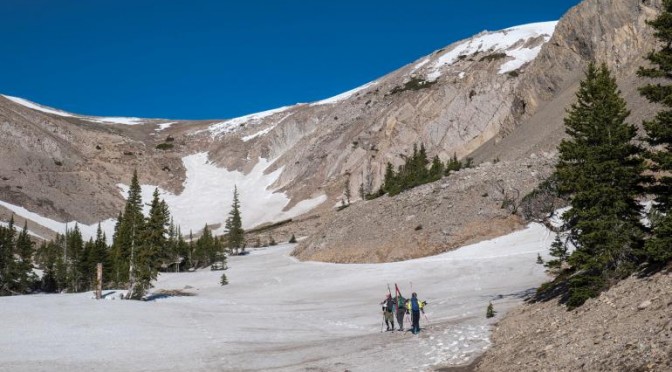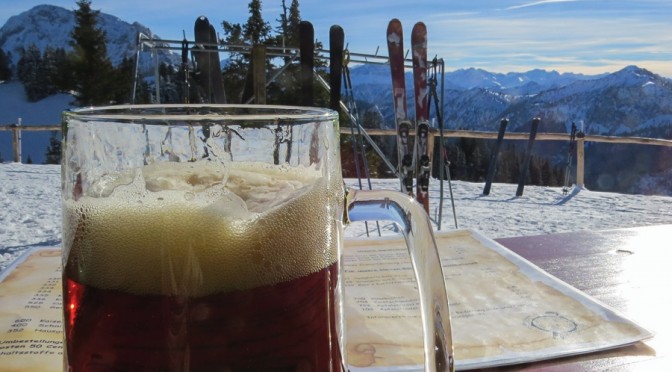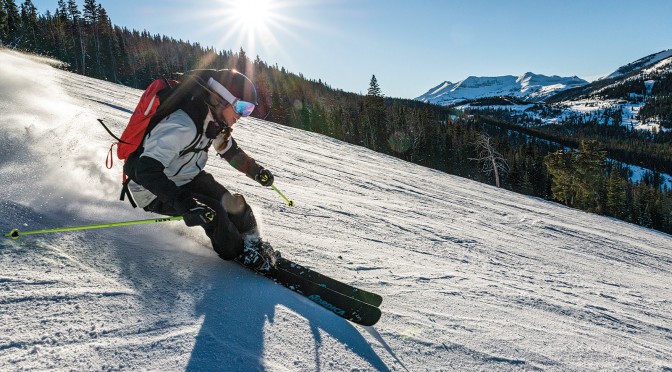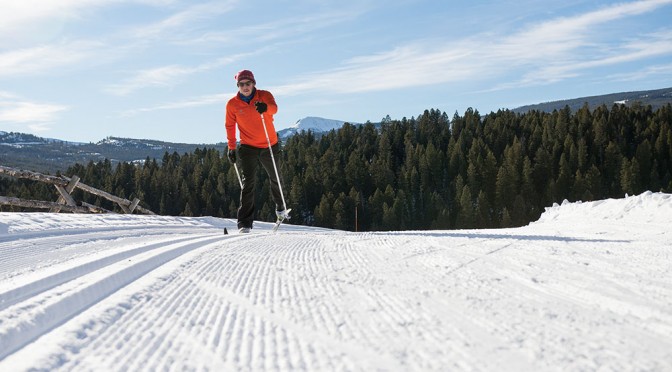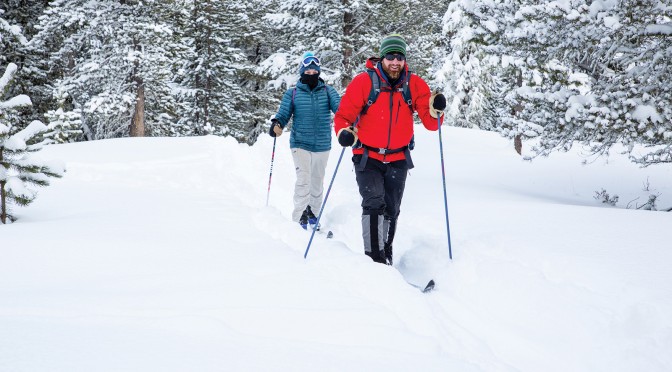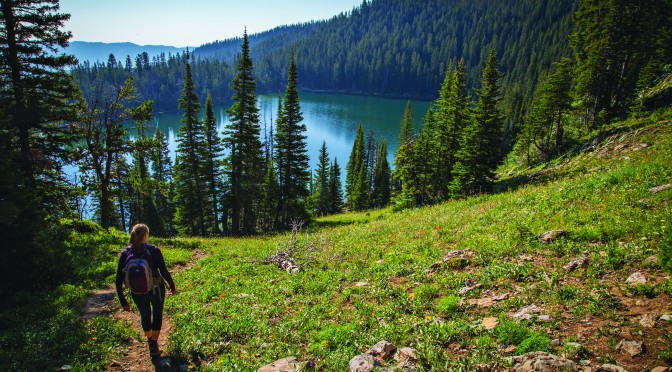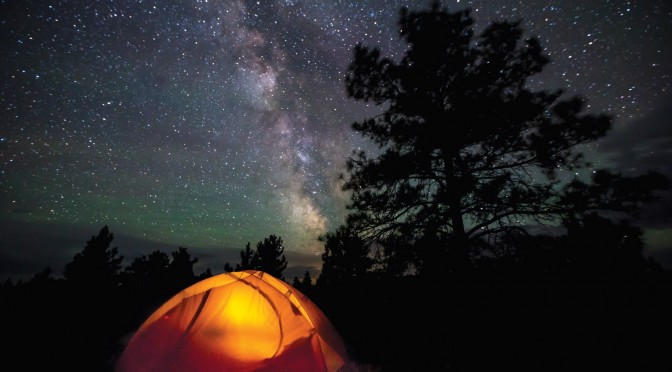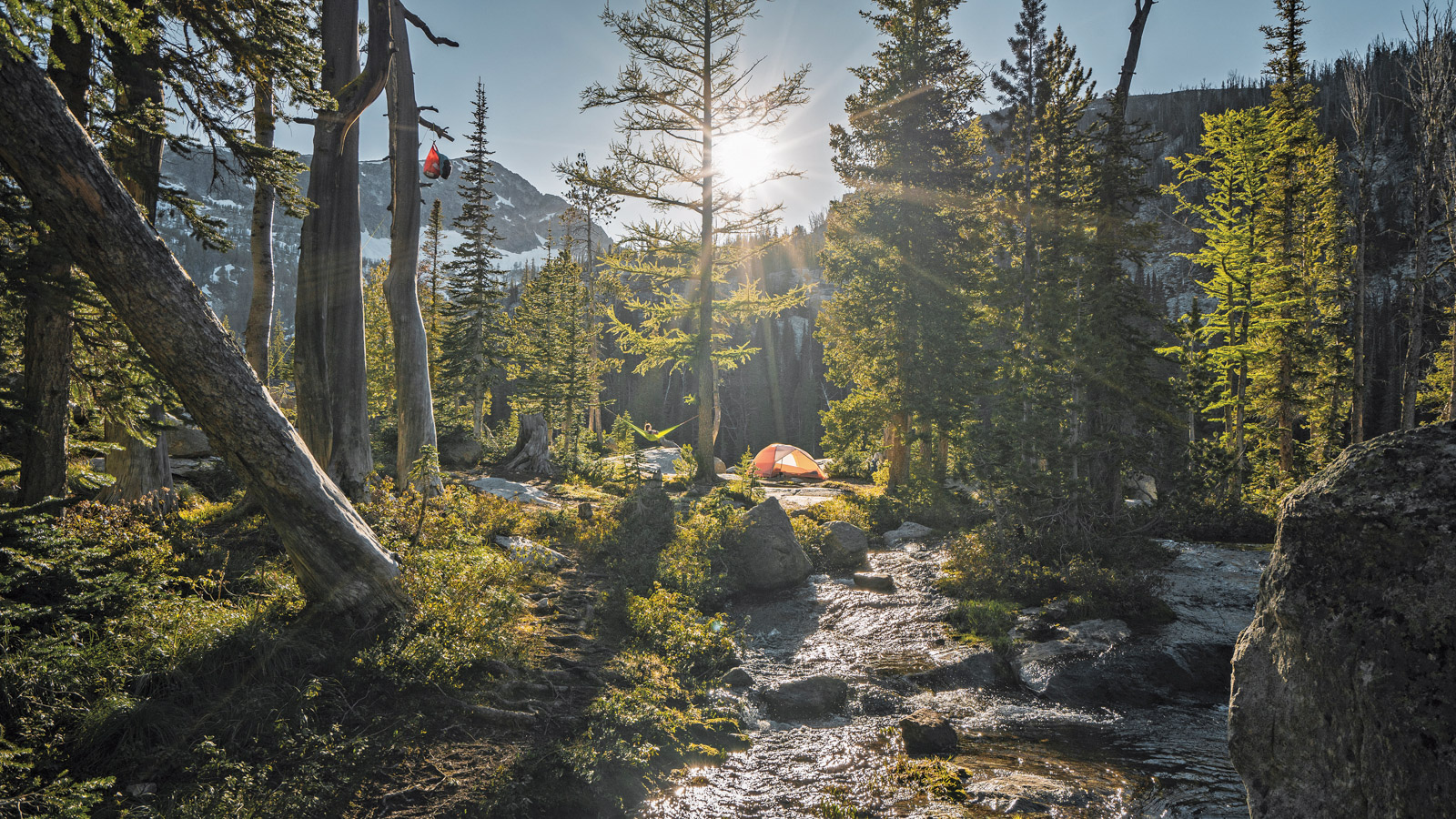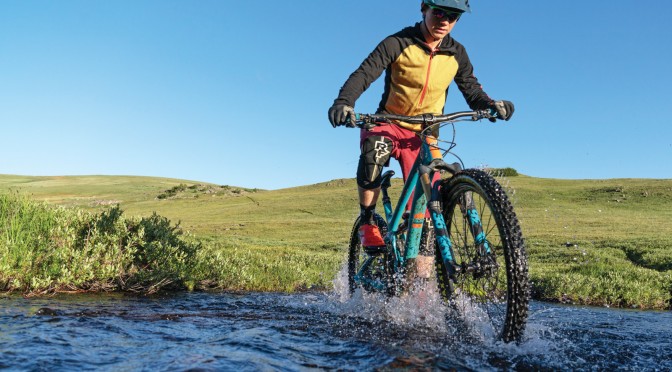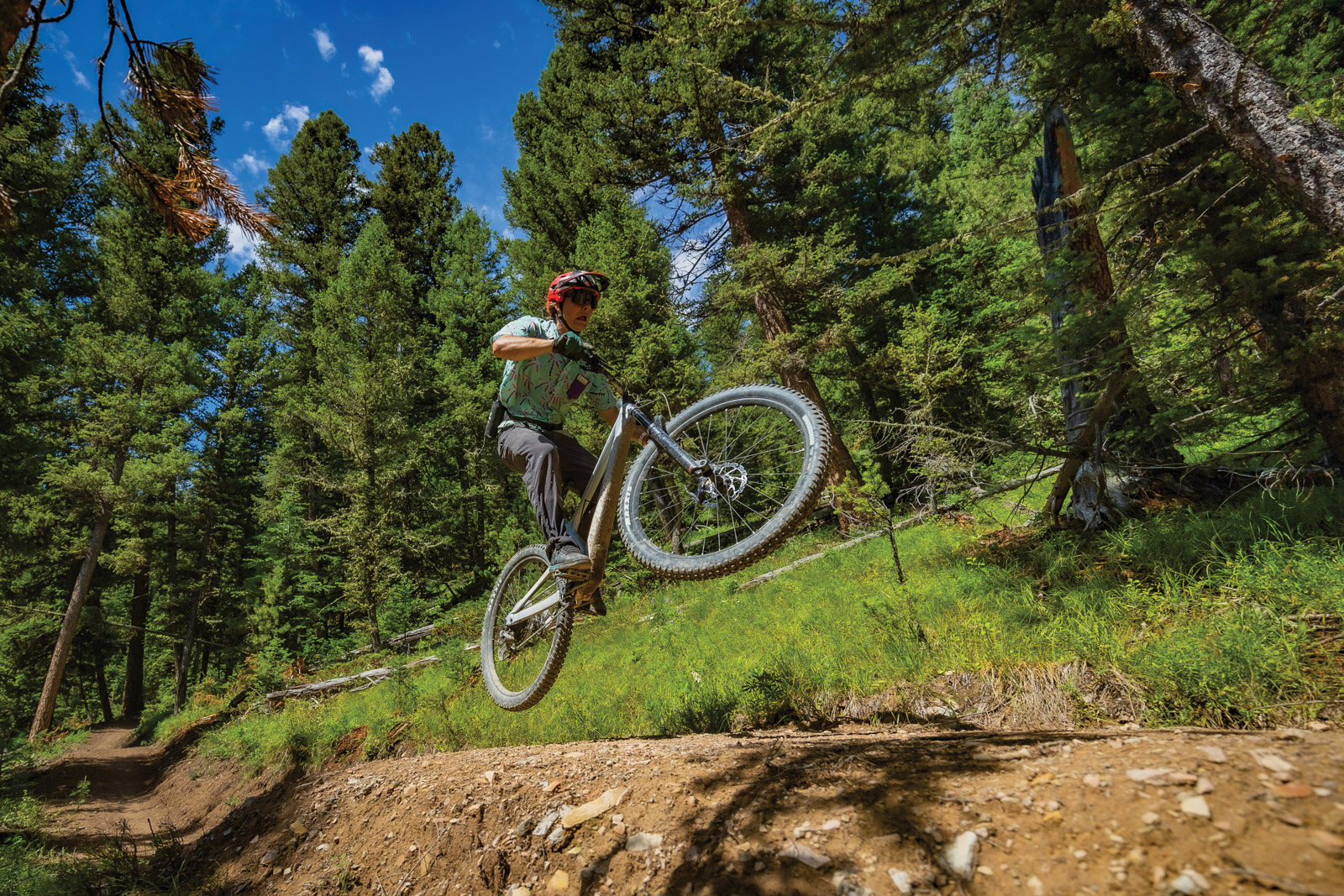By: Corey Hockett
Making the most of the in-between time.
Whatever the activity, nothing beats being in the swing of the season. Skiing deep powder in February, paddling roaring whitewater during peak runoff, riding tacky dirt in the dog days of summer—you get the idea. Conditions are at their best and (theoretically) so are our bodies. We’ve had time to build muscles and adjust joints to meet the demands of the sport, all while the natural environment has grown into the fullest version of itself. Primo, as they call it.
Thing is, the swing of the season doesn’t last very long around here.
You’ll find that in Bozeman, weather and conditions are so frequently changing, it can be hard to know what to expect in any given month. Sometimes—and this is no exaggeration—the whole freakin’ year can be one giant shoulder season. Even predictable years have entire months of inconvenient transition. There will always be periods where it’s either too rainy or not snowy enough. And how as outdoor recreators do we handle this time of limbo? Luckily, there are plenty of options.
Head to Drier/Warmer Climes
When the weather turns salty in either spring or fall and heading to the mountains is no longer an option, shift your gaze west of the Gallatin Valley to the rocky bluffs of Copper City. The Southwest Montana Mountain Bike Association (SWMMBA) and the BLM teamed up to make this area a standout biking destination for riders of all levels. From cross-country cruisers to expert-only downhill, there’s something for everyone. There’s even a kid’s pump track in the parking lot. The trails are foot-friendly, too, so hikers and runners are welcome as well.
Head south another half-hour along the banks of the Jefferson River, and you’ll come to Lewis & Clark Caverns. The limestone cave system is one of the most unique features in all of southwest Montana. Apart from offering a spectacular tour, the state park hosts several trails for hiking and biking, as well as campsites to boot.
Further west, but still on this side of the Continental Divide, lies the mini-Moab of Pipestone. One of the first places to dry out in the spring—and last to stay dry in the fall—this trail network is both expansive and diverse. A labyrinth of four-wheel, doubletrack, and singletrack offer both mountain and dirt-bikers their pick of the litter. Dispersed campsites are around every bend, so find one with a good view. And if you’re not planning on staying, you’re a measly one-hour drive back to town. That’s nothing in Montana.
Make it a Multisport
Sure, it’s easy to shrug off shoulder seasons with an attitude of, Welp, the trails are wet, might as well stay home. But why not go the other direction? Trail ethics in mind, beauty lies in the eye of the beholder. And there’s a lot of potential when multiple seasons are acting together. Combining two or more outdoor activities in a single day can be as easy as trail running your raft shuttle or biking to a hunting spot. We’re lucky that it’s easy to get pretty creative without straying far from town.
Fairy Lake Multisport
In late spring, when the foothills have shed all of winter’s snow but a few ski lines still remain in good condition, pick a morning with promising weather and head toward Fairy Lake. The upper road is closed from December to June, which makes it a great ride when the gates are locked. Load your skis, boots, and poles to the outside of your pack and start pedaling. When you hit the trailhead, stow the bikes and take off on foot. You’ve got 1.5 miles and 1,000 feet of vertical to reach the pass where you’ll be greeted with a sweeping view of the Gallatin Valley. Turn south toward the high point of the Bridgers (Sacajawea) and climb another 1,000 feet over the next half-mile to just below the summit. Tag it if you wish, but the way down is Sac’s sister summit, Naya Nuki, another quarter-mile south.
The prominent ribbon of snow running down into the basin is known as the Great One, and it reliably holds snow ’til the Fourth of July. Ski it in shorts or be prepared to change into them at the bottom. A short hike from where the snow ends brings you to Fairy Lake. Welcome summer with a dip in its chilly waters before retrieving the bikes and enjoying the ride back down to your rig.
Hyalite Cast & Climb
Come late fall / early winter, on a day when the weather is warmish but unpredictable and getting too far from the car seems like a bad idea, head up to Practice Rock for some easy-access climbing. The pullout is on the right, three miles after the turn for Hyalite Canyon. The cliff is a couple hundred yards uphill from the parking area. Routes range from 5.6 to 5.12, with options to set up a top-rope on several climbs.
When your arms are pumped or you’ve had your fill, mosey back down to the car for a change of pace. Swap harnesses and chalk bags for fishing poles and flies or lures. The creek is a stone’s throw from the climbing access, so no need to drive anywhere if you don’t want. Explore up or downstream as your heart desires. Alternatively, if you’ve got a human-powered watercraft, make the 10-minute drive up to the reservoir, launch your vessel, and fish the deep waters of the lake. All this can be done in half a day, and retreat remains easy the whole time.
Suck it Up
Your third option is fairly straightforward. Head to one of our many local gear companies and support them (and yourself) by investing in a good fleece, a reliable rain jacket, a warm beanie, quality gloves, and some thick skin. Retailers may not be able to help with the latter, but in all fairness your well-being is up to you. Conditions here are inclement. This is Montana, by God: no place for pansies. People have been enjoying themselves outside year-round for thousands of years. If you really want, you’ll find a way, too.

